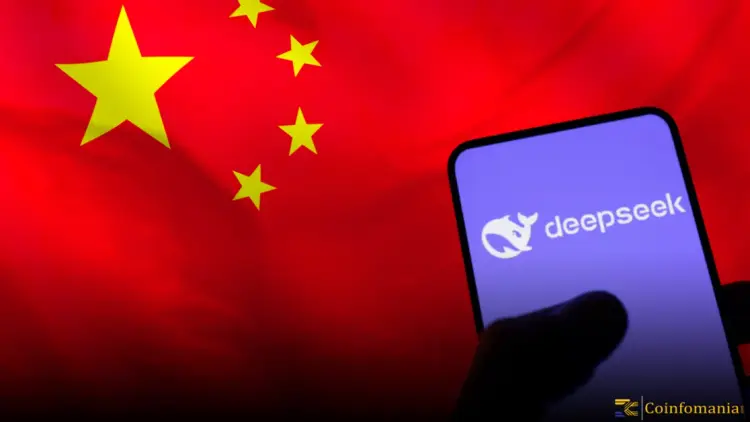China is preparing for a major leap in artificial intelligence. A former government official revealed that the country expects more than 100 new DeepSeek-level AI breakthroughs within the next 18 months. This ambitious goal signals not only the country’s capability in advanced tech but also the strength of its system to develop, deploy, and scale innovation quickly.
This new wave of AI progress is the result of years of planning and deep investments. The government has strongly supported research, helped build tech infrastructure, and encouraged innovation at all levels. Models like DeepSeek show that China can compete with global leaders such as OpenAI and Google. With more breakthroughs on the way, China is now aiming to set new standards in the AI world.
China’s structure gives it a big advantage in fast tech development. The state has built large-scale research labs and provides easy access to data for training AI systems. Many Chinese universities and research centers work closely with big tech companies. These partnerships make it easier to turn research into working AI tools.
Another reason for fast progress is the country’s centralized system. Unlike the West, where regulations can slow down development, China’s government can quickly approve and support new ideas. This helps researchers and companies move faster and try more new things.
China’s culture also supports this kind of growth. There is a strong focus on testing, rapid changes, and learning from mistakes. This makes it possible to build new models faster and improve them quickly. In this kind of environment, 100 new AI models in 18 months seems not only possible but likely.
One of the most recent success stories is DeepSeek. This AI model, made with local data and computing power, is seen as China’s answer to top systems like GPT-4. It shows that China no longer needs to rely on foreign tech to build world-class AI.
More importantly, DeepSeek is just the beginning. Many other models are already in the works. Some are said to be more powerful than DeepSeek. With these tools, China is building a strong base for future AI leadership.
The creation of DeepSeek also points to another key trend: the rise of homegrown models. These systems are designed and trained entirely within China. This reduces the risks that come from depending on outside sources for data, chips, or software. It also helps the country maintain control over its tech future.
China’s progress in AI is not happening by accident. It is backed by full government support. AI has been labeled a national priority, which means fast approvals, strong funding, and wide access to powerful computing tools like GPUs.
Big tech firms such as Baidu, Tencent, and Alibaba are also heavily involved. They are building AI labs, hiring top talent, and investing in hardware such as chips and cloud servers. This makes it easier to train and run large models at scale.
These companies are not just making software. They are helping to build the full stack—from chips to algorithms to cloud platforms. This kind of end-to-end development is rare and gives China a big edge in both speed and control.
This fast rise in AI will affect the world. If China launches over 100 DeepSeek-level models, it could lower the cost of AI for many countries. It may also push other governments to speed up their own plans for AI growth.
As these models hit the market, global tech firms will look closely. They will examine the models for performance, fairness, and ability to work in many languages. Countries will also study how China handles safety, ethics, and user privacy.
This is not just a tech story. It is about who leads the next era of global innovation. And right now, China is making a strong case to be at the front of that race.
The goal of 100 AI breakthroughs in just a year and a half may seem bold. But China has a history of turning big plans into reality. The tools, people, and money are already in place. DeepSeek proves that these kinds of models are possible. More will follow soon.
Even if only half of these new models succeed, it would still be a massive shift. The balance of power in AI could move quickly. For now, all signs point to China becoming one of the main leaders in artificial intelligence.







